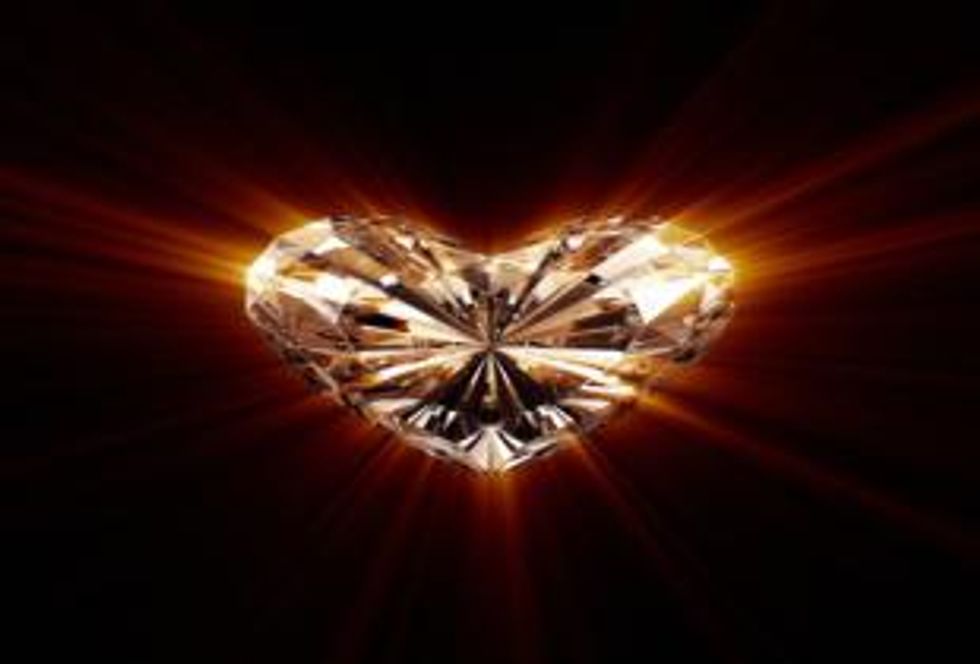Zimbabwean ‘Blood Diamonds’ Back on the Market
Diamond prices have largely recovered from the 2008 global economic crisis, but the industry is still not back to pre-2008 levels of demand.
By Desmond McMahon —Exclusive to Diamond Investing News
Diamond prices have largely recovered from the 2008 global economic crisis, but the industry is still not back to pre-2008 levels of demand. While consumption in the United States—the world’s largest diamond-consuming nation—continues to improve, it is double-digit growth in China and India that is driving worldwide diamond demand. Some analysts are predicting China will replace the U.S. as the world’s largest diamond consumer during the next decade. But even with this growth, many large producers such as De Beers, Alrosa and Rio Tinto, are still not back to pre-2008 production levels due to fears that prices would tumble if production was ramped up.The recent decision by the World Diamond Council to allow Zimbabwe to resume exports from its Marange fields could threaten the delicate supply-demand balance. Zimbabwe has been the target of long-standing allegations of human rights abuses and corrupt practices, but it wasn’t until its military seized control of the Marange fields in 2008 that the allegations led to a ban on Zimbabwe’s diamond exports. Last month, the Council approved two supervised auctions of diamonds from two mines in the region after the Kimberley Process Group, the international watchdog that monitors the diamond trade, decided conditions at these mines had improved and now met the minimum required standards to partially lift the nine-month-old ban.
Critics claim the governments who initially formed the Kimberley Process in 2002 agreed only to prevent the trading of diamonds used by rebel groups to fund armed resistance against established governments and that human rights abuses are still ongoing in Zimbabwe. The U.S.-based Rapaport Diamond Trading Network, one of the largest buyers of diamonds in the nation, announced it would continue to enforce a ban on purchasing Zimbabwean diamonds. Rapaport said respected human rights groups have documented severe abuses at the diamond fields since their discovery in 2006, including “rampant abuses of forced labour, child labour, beatings, smuggling and corruption” and the network stated it would expel any of its 10,000 members who knowingly traded Zimbabwean stones tainted by allegations of killing or human rights abuses.
In an interview with the Christian Science Monitor, Zimbabwe’s Minister of Mines Obert Mpofu explained, “If [the Rapaport group] mobilizes other nations to ban our gems… we will sell our stones to [other] countries. We have countries like China, Malaysia, Russia, India and other Asian countries where we can market our diamonds.”
And that is exactly what has happened. With most U.S. buyers on the sidelines, buyers from Indian stepped up and purchased US$38 million worth of the Marange diamonds, accounting for 83 percent of the total tender valued at approximately US$46 million. The second auction is scheduled in September and the value of the diamonds to be made available is still being tallied, but if these two auctions go well and sales continue, the diamonds could bring the country US$1.7 billion per year and pave the way for more Marange diamonds to become available on the world market.
